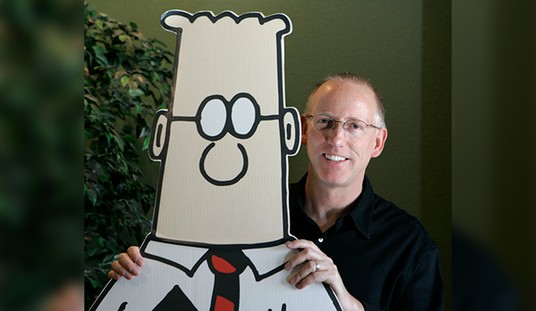During his remarks on police reform on Tuesday, President Trump pointed to Baltimore, Maryland as an example of why police departments need more support and resources. He noted that no arrests were made in a majority of the murder cases recorded in the city last year. Generally, when Trump tosses out a statistic to support his arguments, the press falls all over themselves to fact check him and point out any possible errors to undermine the case he’s making, but this time they seemed to fall strangely silent. The reason for that is found in a follow-up report from CBS Baltimore. They checked with the Baltimore PD and were informed that the President was indeed correct. In a year where Charm City set an all-time record for the most per capita murders, a significant majority of them remain unsolved.
Baltimore City police confirmed the president’s statistic Tuesday saying they had a 31% homicide clearance rate, or rate of closing cases, in 2019.
A spokesperson said since Commissioner Michael Harrison arrived in 2019, the department has re-assessed assets and invested into the homicide unit, including 14 new investigators.
Now, the department is focusing on staffing and reduction in caseloads for homicide.
Additionally, the department is investing into accountability tools being put into place and the unit is building on Consent Decree policies and training.
Thus far this year, the homicide clearance rate has improved, but only slightly. The Baltimore PD is reporting a 45% clearance rate through the first five months of 2020. While that’s a significant improvement over 31%, it’s still pretty dismal, and “more than half” of the murders are still going unsolved. Approaching the halfway point in the annual calendar, the city has recorded 146 murders in 2020. That puts them on track to be at or above the 300 mark on the year yet again. Of course, the rate always goes up during the hotter summer months, so 300 may be a lowball number.
Before we’re too hasty in laying the blame for the low clearance rates entirely on the shoulders of the police, it’s worth considering some of the other factors in play here. When murders take place in less urban or rural communities, it’s frequently for a reason. The police can often determine some sort of motive, helping to narrow down the field of possible suspects. The vast majority of Baltimore’s murders are examples of gang violence and turf wars. That makes the PD’s job significantly more difficult.
Also, police departments in other areas frequently receive more help from the community when gathering information on serious crimes. By contrast, Charm City is quite literally famous for its “no snitching mentality” and the idea that “snitches get stitches.” Even locals who might be inclined to help the cops solve a murder are often fearful of doing so because they could face serious or even fatal retaliation from the gangs. (We should once again point out that the HBO series The Wire turned out to be a documentary more than a drama.)
Then there is the scope of the problem as compared to the resources available to combat it to consider. Baltimore has a police force composed of roughly 3,200 officers dealing with more than three hundred murder cases per year. Compare that to New York City, which has more than 36,000 cops and recorded fewer murders than Baltimore last year. The Baltimore PD is simply overwhelmed.
Police are further hampered by their own state and municipal governments. Every time tougher laws against gun crimes have been proposed, they’ve been shut down cold. Ironically, even the bills of that type proposed at the state level were defeated largely by legislators from the Baltimore County region. Even when the cops do manage to catch gang members and obtain a conviction, they complain of the revolving door that the criminals pass through.
But now there is a new mayor on the way in next year and he has vowed to get the city’s murder rate under control. Based on Tuesday’s announcements, he should be getting some help from the federal government in beefing up the police force. While I hesitate to get my hopes up, perhaps there is some light at the end of the tunnel this time.








Join the conversation as a VIP Member